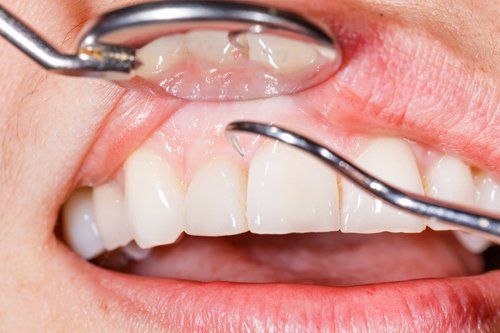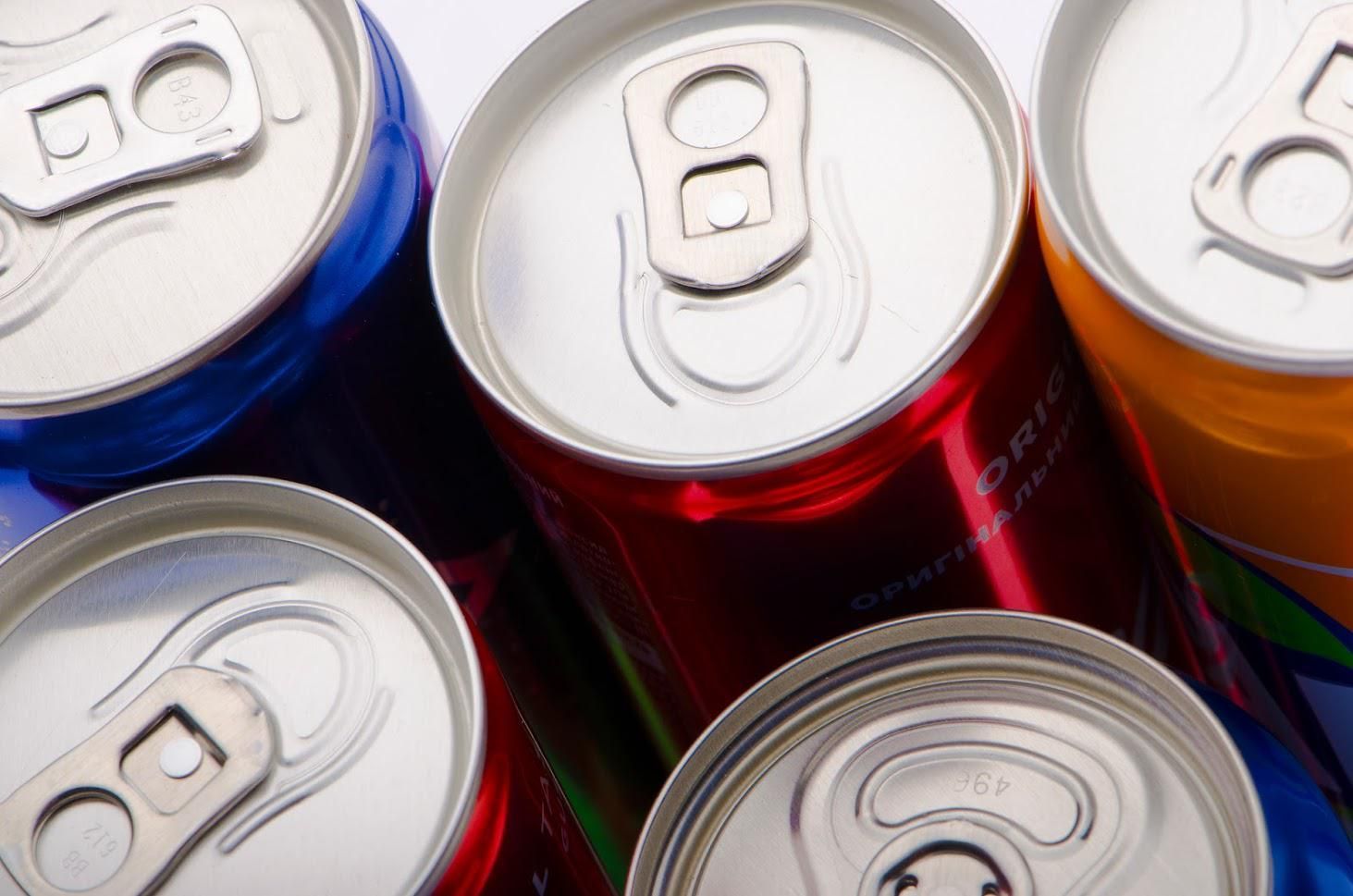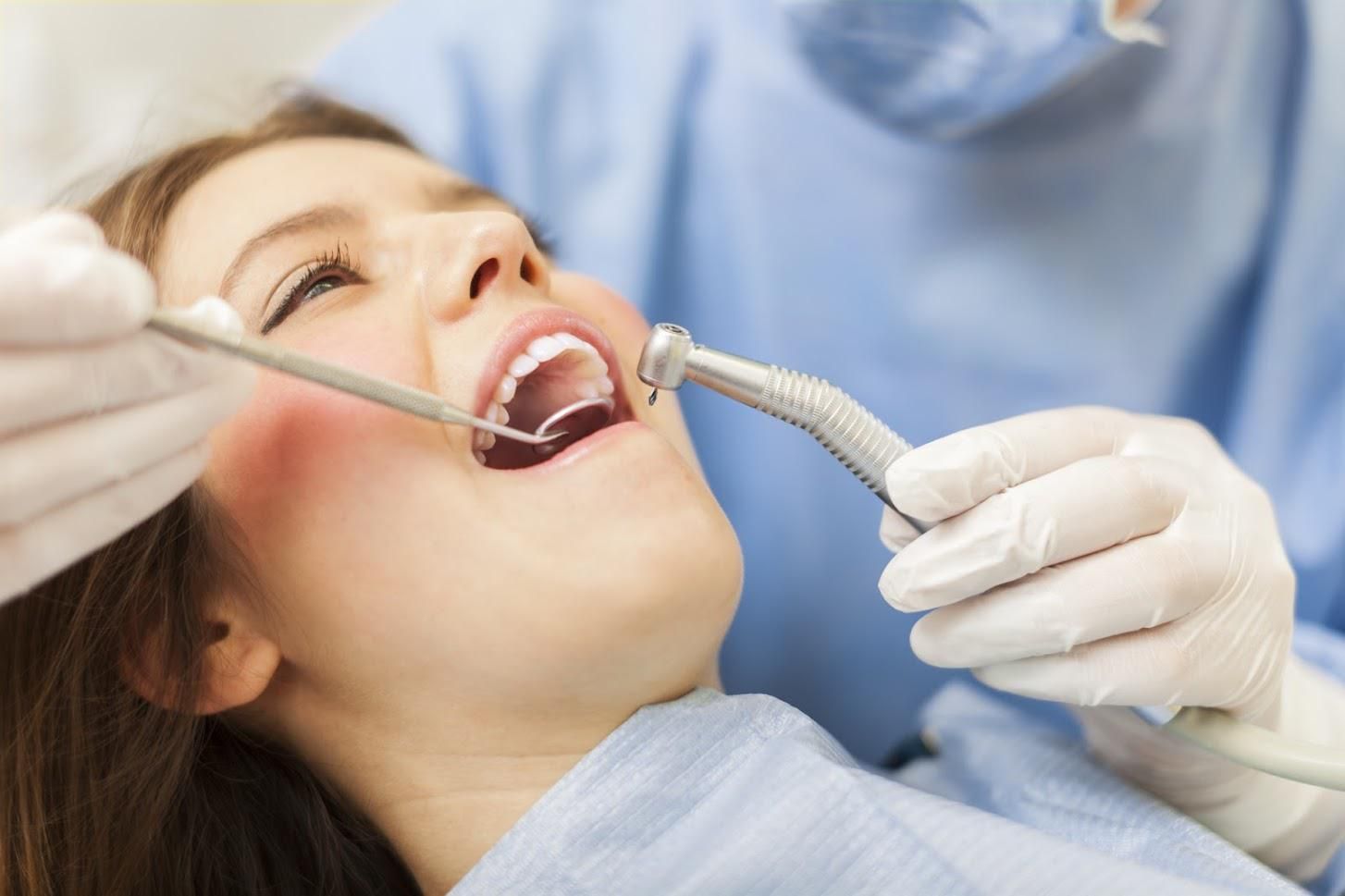Restorative Treatments for Advanced Gum Disease

Gum
disease is incredibly common, especially among older Americans. At
first, gum disease may only present as gingivitis, which is
considered reversible. However, if your disease advances to
periodontitis, the damage can likely only be fixed with special
restorative treatments. If you have gum disease, check out these
common restorative treatments.
Gum Flap Surgery
Gum disease causes your gums to pull away from your teeth because of irritation and inflammation. Unfortunately, this creates small gaps, known as pockets, which expose the tooth's sensitive and unprotected root. As the gaps get bigger, plaque and bacteria continue to get trapped, increasing irritation and the risk of decay. During gum flap surgery, the dentist makes incisions in the gums so that they can be pulled away from the teeth. This procedure exposes the entire tooth, which can be fully cleaned. Once your dentist cleans and smooths the teeth, they return the gums but position them flush against teeth to eliminate or vastly reduce the size of the pockets.
Gum Graft
As the disease worsens, pockets may not be the only problem. The gums may actually begin to thin as tissue dies from the disease. This recession not only affects the look of your smile by making your teeth look long, but it also increases the chance of infection, decay, or tooth loss due to lack of support. With a gum graft, your dentist will take tissue from another part of your mouth (usually the roof of your mouth) and stitch it over the exposed teeth. As the area heals, this promotes new tissue growth, which protects your teeth and gives you back a more beautiful smile.
Bone Graft
Your gums aren’t the only part of your body that gum diseases ravages. If the disease spreads far enough, the jawbone begins to weaken. The disease can cause your jawbone to atrophy and shrink, and a weak jaw can't support teeth well. Therefore, your teeth are more likely to become loose or fall out. The fewer teeth you have, the faster the jawbone atrophies because there is nothing to stimulate it. Depending on your situation and your dentist's preference, your bone graft may come from another part of your body, a human donor, or a cow. Some dentists prefer to use a synthetic bone material made from calcium and other materials. The bone or synthetic bone helps regenerate new tissue, which can re-strengthen the jawbone.
Tooth-Replacement
If
your gum disease has caused tooth loss, you have tooth-replacement
options to consider. One of the easiest options is dentures. This is
especially a good idea if you are still trying to get your gum
disease under control because the dentures won't strain the gums or
jawbone. Depending on how many teeth you are missing, you may need a
full set or only partial dentures.
After
your gum disease has been treated, however, you can choose a dental
bridge or dental implant. Bridges are cheaper, but they use existing
teeth for support. Dental implants use the jawbone, which makes them
almost as durable as natural teeth. These are poor choices, however,
if your gum disease is untreated because the jawbone won't be strong
enough to support the extra strain.
Advanced
gum disease needs advanced treatment, but most of these procedures
should be saved until you and your dentist have worked together to
treat your gum disease. Surgery is typically reserved as a last
resort if less invasive procedures, like scaling and root planing,
don’t work to treat the infection.
If
you would like to know more about treatments for gum disease, contact
us
at
Jeffrey L. Erwin DDS today.













